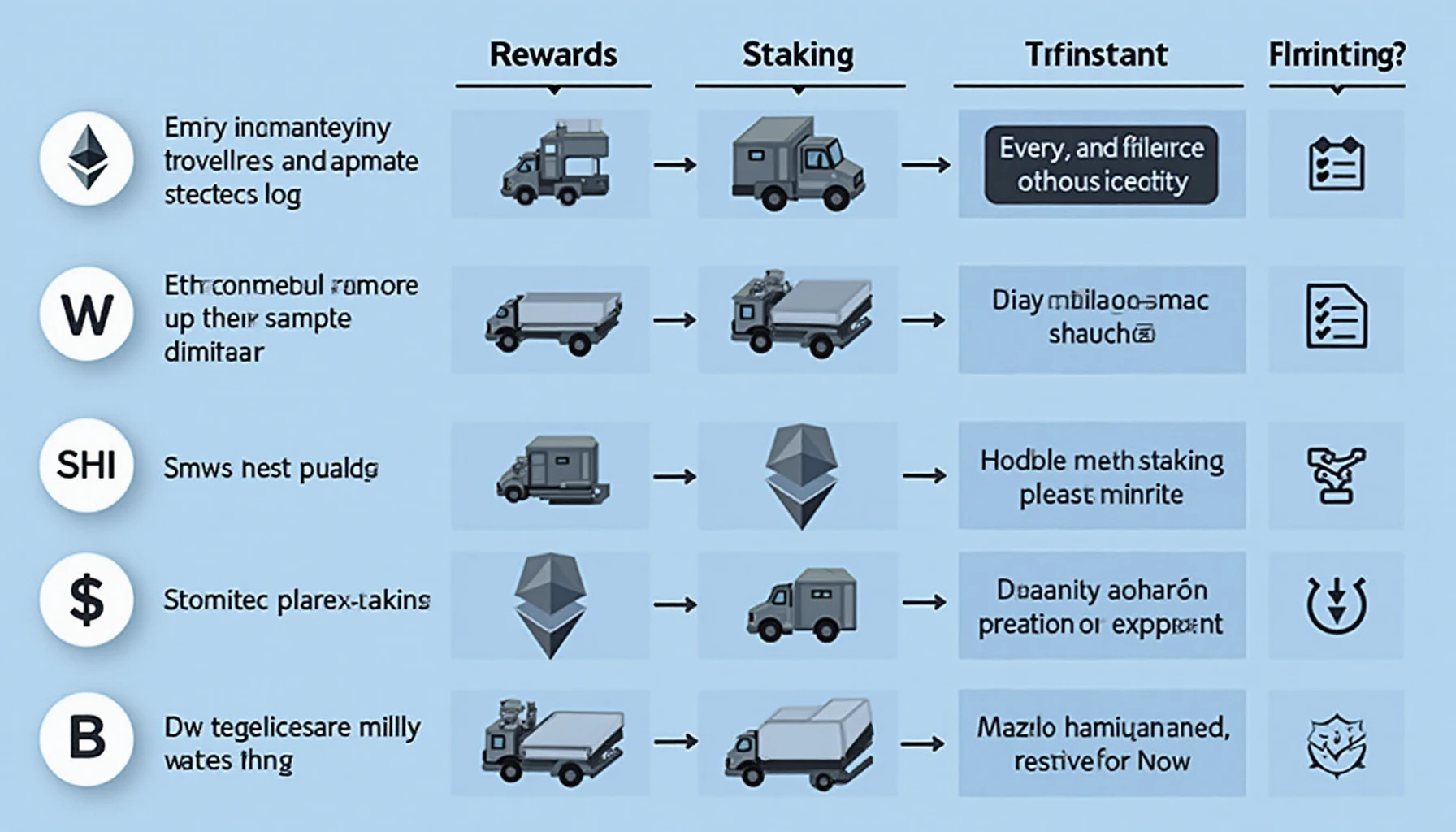Introduction
Did you know that as of 2023, Ethereum is the second-largest cryptocurrency by market capitalization, with over $190 billion locked in its smart contracts? As Ethereum transitions from mining to staking through Ethereum 2.0, many investors are left wondering: Which is the better option for earning passive income: Ethereum staking or mining?
What is Ethereum Mining?
Essentially, Ethereum mining involves using computational power to solve complex mathematical puzzles that verify transactions on the blockchain. This process is resource-intensive and has drawn criticism due to its substantial energy consumption. **In 2021**, Ethereum mining was estimated to consume as much energy as some small countries. Miners are incentivized with Ether (ETH) rewards; however, the competition and costs have increased significantly over the years.
How Does Mining Work?
Imagine a bustling marketplace where each vendor represents a miner competing to sell their products first. Miners race to solve transactions by proposing new blocks, and the first to succeed gets to add that block to the blockchain and claim their mining rewards.

What is Ethereum Staking?
In contrast, Ethereum staking is part of Ethereum 2.0’s proof-of-stake (PoS) consensus mechanism. Rather than competing to solve puzzles, validators are chosen to create new blocks based on the amount of ETH they stake. This process is far more energy-efficient and supports the network’s transition towards sustainability.
How Does Staking Work?
Picture a group of friends pooling money to invest in a popular venture. Everyone contributes, and they alternate in making decisions based on the amount they staked. In staking, participants lock up their ETH to gain the right to validate transactions and receive rewards proportional to their stake.
Staking vs Mining: Key Differences
- Energy Usage: Mining requires significant energy and hardware investment, while staking is much less resource-intensive.
- Rewards: Staking typically offers lower but more consistent rewards compared to the variable payouts in mining.
- Accessibility: Staking can be more accessible as it allows more individuals to participate without needing bulky mining rigs.
- Risk of Centralization: Mining operations may lead to centralization, whereas staking pools allow for more distributed participation.
When to Choose Staking or Mining?
Deciding between staking and mining depends on your resources, goals, and risk tolerance. If you’re looking for eco-friendly options and have some ETH to stake, consider joining a staking pool. Alternatively, if you have access to mining rig hardware and enjoy the competition, mining could still be worth exploring.
Conclusion
Ultimately, both Ethereum staking and mining have their pros and cons. As Ethereum transitions to a proof-of-stake system, many investors may find staking to be the more viable option moving forward. No matter your choice, staying informed on the evolving landscape is crucial. Start your journey in the world of Ethereum today!
Disclaimer: This article does not constitute investment advice and we recommend consulting local regulations before proceeding.




